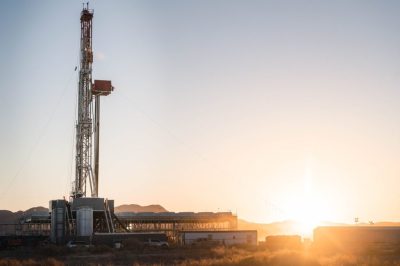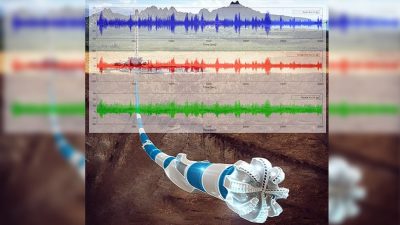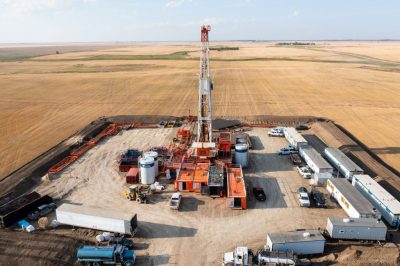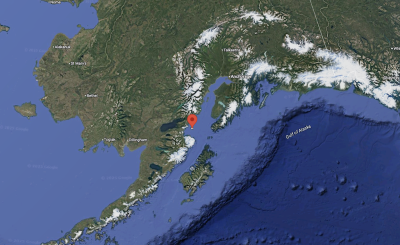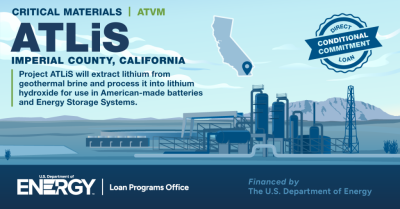Geothermal to “enhance” oil sands in Canada
Geothermal energy could be used as a sort of “preheater” for major oil sands mines, which use 40-degree Celsius water to separate oil from sand. A new research project is exploring this option. Today most of that heat comes from natural gas.
Reported in Canada, “A new international research partnership based in Alberta hopes to answer an intriguing question: Could the warm rocks of deep Earth wean the oil sands off their heavy natural gas diet?
The University of Alberta has linked arms with the Helmholtz Association of German Research Centres, Germany’s largest scientific organization, in hopes of furthering research into this and other oil-sands-emissions-related questions.
The partnership, signed Tuesday, brings with it the promise of international financing and German expertise in research areas where Canada has not typically excelled. One area is the use of geothermal energy in the oil sands.
Some researchers believe the earth in northeastern Alberta is hot enough to use as a sort of “preheater” for major oil sands mines, which use 40-degree Celsius water to separate oil from sand. Most of that heat comes from natural gas; the industry uses about one billion cubic feet of gas a day, or 7 per cent of Canada’s daily production – a tally expected to grow substantially.
Replacing some of that natural gas with geothermal energy “could make a contribution in terms of the overall carbon emissions from oil sands production,” said Martyn Unsworth, a professor of geoscience at the University of Alberta, who is working on the project.
The research will not be quick: It could take five years before the first test well is drilled. And even geothermal promoters acknowledge there are major technical and policy hurdles to making it work.
Geothermal energy could “enhance” the oil sands, and provide a source of carbon credits, said Alison Thompson, executive director of the Canadian Geothermal Energy Association, which has calculated that Alberta has about 10 per cent of Canada’s geothermal potential.
But she admitted that the price of existing technology limits its usefulness to the oil sands, which sit on bad geothermal real estate. Whereas most geothermal projects tap into 200 C rocks near volcanoes, the ground beneath Fort McMurray barely reaches 100 degrees at a depth of five kilometres.
“If you were just independently looking around the world at where you’d want to do geothermal, you wouldn’t pick there,” she said.
Even some who have worked to reduce the oil sands carbon footprint are skeptical. Advances in technology have already cut the carbon intensity of oil sands crude by 38 per cent since 1990. The industry stands to gain much more by refining its existing processes than by plumbing the depths for warm rocks, said Jim Carter, the former president of the Syncrude oil sands mine who now chairs Alberta’s carbon capture council.
“The value of the energy coming out of [geothermal] is so small relative to the total energy needed for something the size of an oil sands plant, that it’s almost trivial,” he said.”
Source: The Globe and Mail

